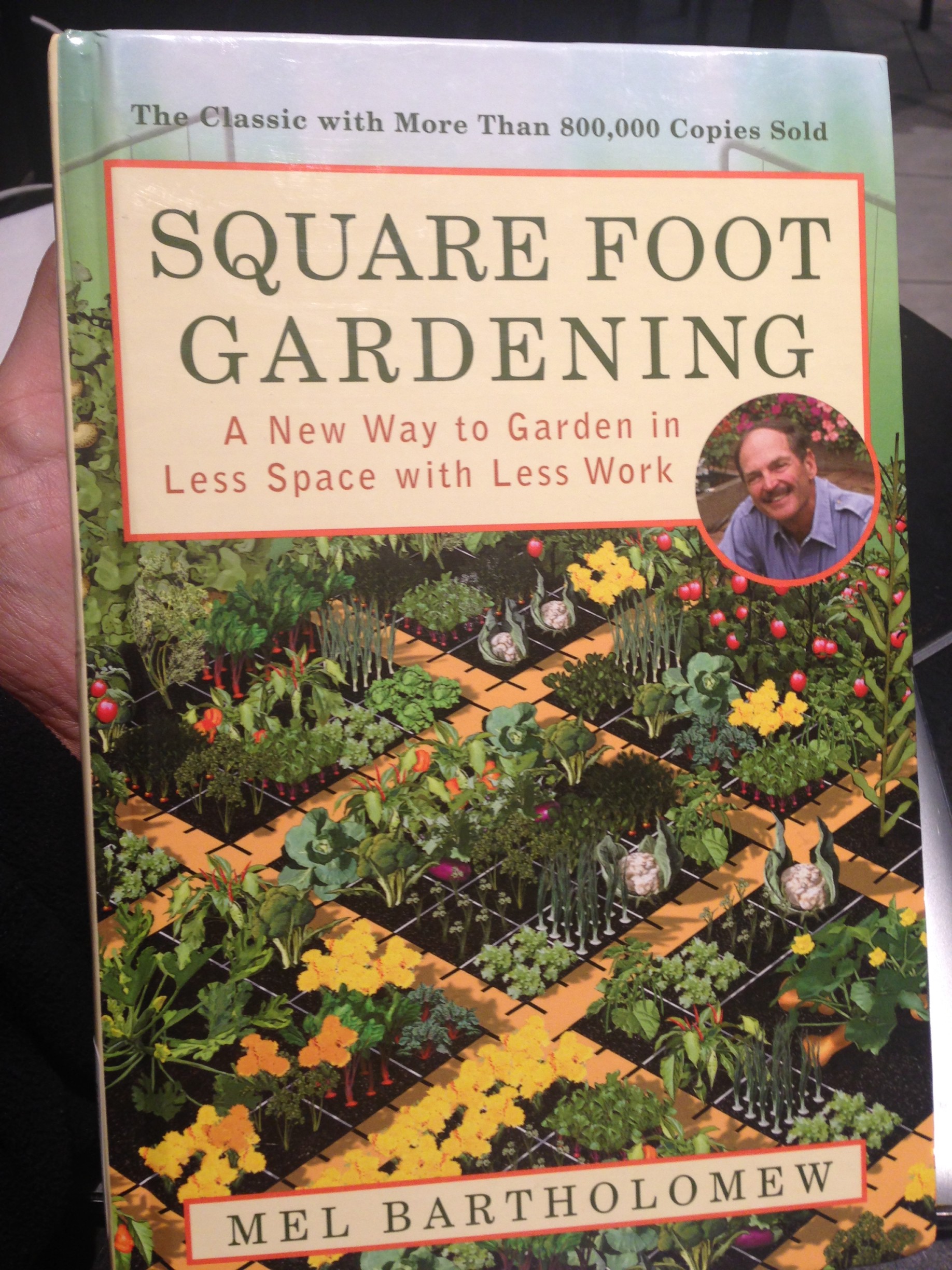As a beginner, gardening can be quite overwhelming, but learning from experience is key. Last year, I jumped right into creating a square root, raised bed vegetable garden without much prior knowledge or preparation. However, this year I plan to approach it differently and do some research beforehand. In addition to learning about plant care and maintenance, I will also research how to properly dispose of unwanted soil and other waste materials that may result from the process. This will not only make the gardening process more efficient but also more environmentally conscious.
I decided to explore gatreecompany.com as we have several stumps and I really want to get rid of them asap.
The Big Idea: Square foot, raised bed gardening will give you more vegetables with much less work, money, and space. For the home gardener, smaller is better.
Why square foot gardens?
- Makes your work easier since there is less soil and less garden to take care of
- Makes water faster since there’s less garden to water
- Makes weeding easier since there’s less garden to weed
- Creates living mulch which helps create healthier soil and keep weeds away
- Is more pleasant to look at, which makes you more like to spend time caring for your garden
- Makes vegetable garden more practical for urbanites, since you can have a productive garden almost anywhere
- Makes protective plants from the weather or pests with a cage or box possible since the garden is smaller
- Gives the soil the right texture since you will never be walking on the soil.
How do you get started?
- Build or buy a box with sides about 12″ high.
- Place the box in an area with lots of sunshine.
- Fill the box with good soil and compost.
- Divide the box into 12″ x 12″ squares.
- Each 12″ x 12″ square should get one type of vegetable.
- Decide what you want to grow (look this up in a reference book or web site.)
- Some vegetables (peppers) require the entire 12″ x 12″ square. Other vegetables (carrots) can fit 16 to a 12″ x 12″ square.
- Keep tall-growing plants on the north side of your garden.
- Support your tall-growing, vining plants like tomatoes and cucumbers with stakes, cages, or trellises.
- Look up which month to plant which vegetables. (The average growing season is May to September.)
- Water with a bucket of warm water and a cup. Daily, when they are just starting, then weekly, or more, if you live in a hot climate.
- Weed your garden once a week.
- Remove pests by hand if you can, or use natural pest deterrents.
- Fertilize as needed. Worm castings can also provide increased yields.
- Harvest when ready (look this up in a reference book or web site.)
